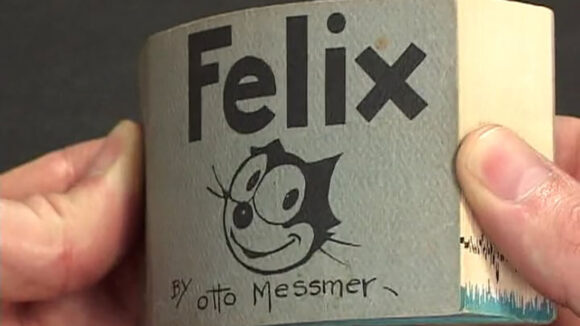

These Beautiful Flipbooks Reveal New Sides To Famous Animators And Filmmakers
More than a century before smartphones put moving images in our hands, flipbooks were doing the same. Produced since at least the 1860s, these booklets came to develop close ties with the medium of cinema that they so resemble. Two sets of recently digitized flipbooks, described below, attest to that.
The first set harks back to the dawn of cinema. It contains two dozen flipbooks produced by Léon Beaulieu, an obscure French entrepreneur, between 1896 and his death in 1901. They reproduce scenes from live-action movies of the time by the likes of Georges Méliès, Thomas Edison, and Léon Gaumont, many of which are lost.
As such, the books serve as a valuable archive of early cinema, as well as beautiful objects in their own right. By effectively breaking down the scenes into their constituent frames, they also remind us of the essential similarity between the processes of animation and live action, both of which create the illusion of movement out of still images. Videos of the flipbooks in action have been uploaded by the San Francisco Silent Film Festival, alongside an essay outlining their origins. Watch one below and see the rest here.
The second set was produced much later, in very different circumstances. In 1967, the Cinémathèque canadienne (now Cinémathèque québécoise) in Montreal hosted a global retrospective of animation, as part of which it commissioned 13 artists in the field to create a flipbook each. They included Otto Messmer, who was key to the creation of Felix the Cat; the late cartoon modernist Gene Deitch; and a sample of renowned experimental filmmakers from abroad, including Jan Lenica, Yoji Kuri, and Peter Foldès.
The result is an eclectic series of highly creative booklets, 11 of which have been filmed by art historian Christoph Schulz and uploaded by the Cinémathèque (watch below). According to Schulz, this marked the first time an institution ever published a series of booklets like this, and the set proved instrumental in establishing flipbooks as a serious artistic medium. Animators continue to experiment with them to this day.

.png)